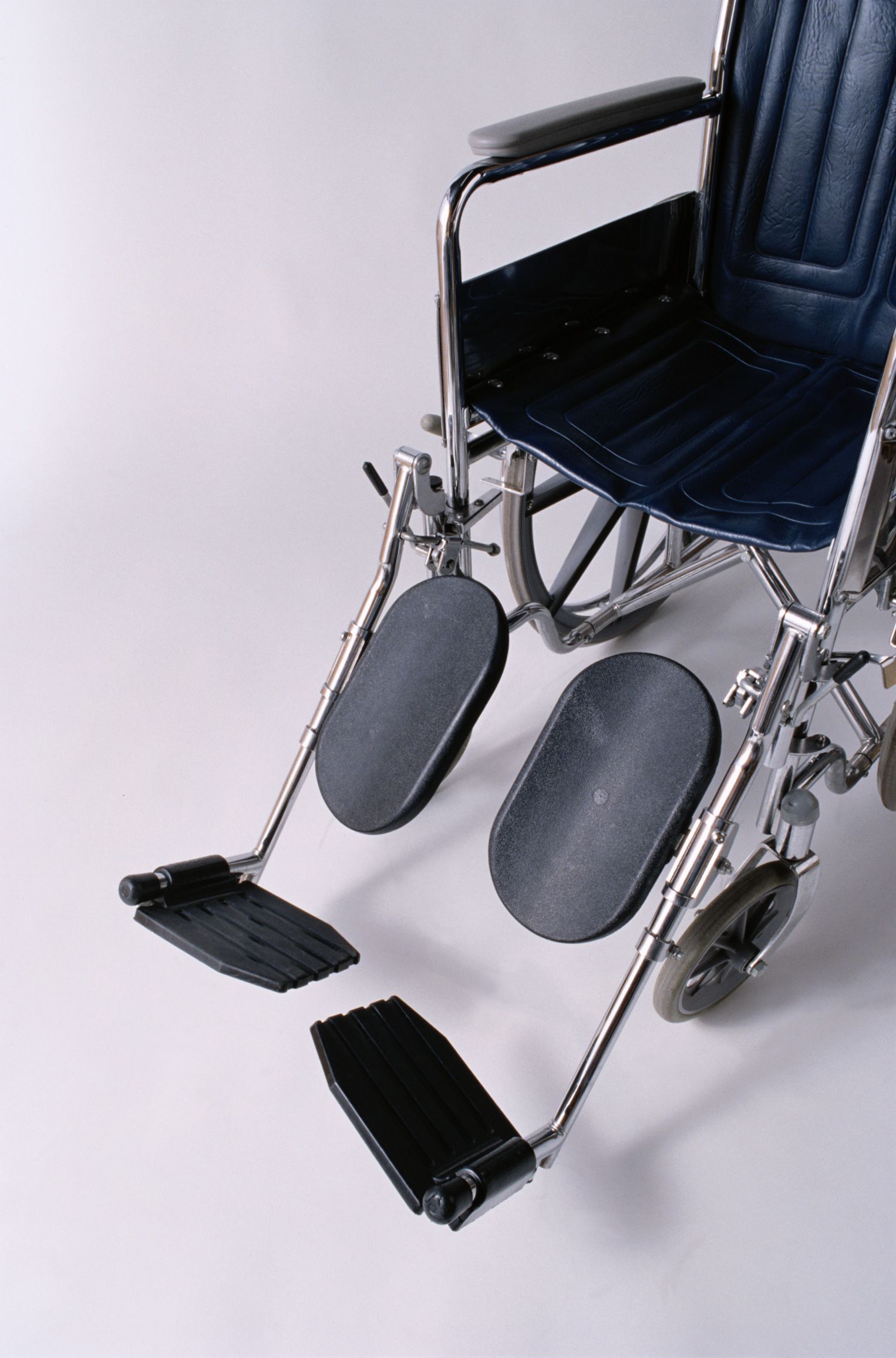
A recent review provides insight into the clinical progression of treatment-naive patients with spinal muscular atrophy type 3 who have lost ambulation.
Patients with spinal muscular atrophy (SMA) type 3 typically lose the ability to walk as the disease progresses, but not much research has focused on the respiratory and upper limb function changes that occur once patients are non-ambulatory. A retrospective analysis of pediatric SMA3 patients at 2 research centers in the United Kingdom showed progressive respiratory and upper limb function deterioration after loss of ambulation, providing insight into the clinical progression of SMA3.
SMA is an autosomal recessive neuromuscular disorder caused by mutation or deletion of the survival motor neuron 1 gene (SMN1) and a resulting deficiency in SMN protein. Progressive muscle weakness, scoliosis, and respiratory decline are hallmarks of the disease, which has a spectrum of phenotypes ranging from 0 to 5. The most common types of SMA, types 1, 2, and 3, are generally stratified by age of onset and motor ability milestones.
SMA1 is the most severe of the phenotypes and affects infants within 6 months of life. Those affected by it are typically unable to sit. Patients with SMA2 generally show symptoms between 6 and 18 months and may sit but not walk. Type 3 is milder, with symptoms occurring after 18 months of age and patients generally able to stand. Over time, patients with type 3 may lose the ability to walk or stand as the disease progresses.
The study aimed to identify the respiratory and upper limb changes that occur in SMA3 patients who have lost the ability to walk. Few studies have been done on this specific population, according to study authors Wolfe et al. Currently, the disease-modifying drug nusinersen, which is an antisense oligonucleotide shown to increase SMN protein production by the SMN2 gene, is not approved for SMA3 patients with lost ambulation of greater than 12 months in the United Kingdom.
The retrospective study included 24 patients between the ages of 4 and 18 years with a confirmed genetic and clinical diagnosis of SMA3. All patients had never received nusinersen and were non-ambulatory based on World Health Organization standards. Respiratory function (based on forced vital capacity [FVC]) and limb strength (based on the revised upper limb module [RULM] scale for SMA) were measured every 6 months on average. The analysis is based on median change over 24 months.
In regard to respiratory function, the median predicted FVC percentage score was 96% at baseline and 80.5% at 24 months. The average decrease was 17%; patients who had surgery showed a 27% decrease on average, those with scoliosis a 15% decrease, and those without scoliosis or surgery saw a 12% decrease. Patient age negatively correlated with FVC percentage score, although the results were not significant. Disease duration since ambulation loss also correlated with respiratory function.
Of the patients assessed for upper limb function with the RULM (n = 16), 5 already had scoliosis and 2 more developed scoliosis during the course of the study period. There was a statistically significant decrease in RULM scores, with a baseline median of 30 and a final median of 27. Age, height, weight and time since loss of ambulation correlated negatively with RULM score. Overall, 1 patient saw an increase, 3 had stable scores throughout, and 12 had scores decline over the duration of the study period.
Respiratory and upper limb function scores correlated positively both at baseline and 24 months, but not in terms of percentage change during the study period.
The data show that over a 24-month period, SMA3 patients who had become non-ambulatory saw significant declines both in respiratory function and upper limb strength. The authors conclude age may play a role in progression for non-ambulatory patients given its negative correlations with both outcome measures.
The findings are also significant because although loss of upper limb strength has been reported to decline over time in SMA patients, longitudinal studies are rare. “It had not previously been explored whether this deterioration occurs immediately after loss of ambulation or whether the deterioration gradually continues once the patient is non-ambulant,” the authors wrote.
The rarity of SMA and the consequential small sample size are limitations in the study, but these data suggest that further studies comparing nusinersen-treated SMA3 patients with a matched cohort of nusinersen-naive patients could assess potential effects on this subgroup’s disease progression. The data also provide initial insight into clinical progression.
“In the future, research combining correlative data from these assessments and others, such as muscle strength measurements, may provide insight into clinical progression within this patient population and ultimately be used to generate a predictive model,” the authors suggest.
A better understanding of the clinical course of the disease could improve trial designs, patient guidelines, and help assess therapies for effectiveness in this patient population.
“Our study has shown that these patients continue to deteriorate significantly in both respiratory function and upper limb strength after loss of ambulation,” the authors conclude. “Additional studies are needed to assess the impact of disease-modifying drugs on these outcomes.”
Reference
Wolfe A, Scoto M, Milev E, et al. Longitudinal changes in respiratory and upper limb function in a pediatric type III spinal muscular atrophy cohort after loss of ambulation. Muscle Nerve. Published online September 4, 2021. doi:10.1002/mus.27404
"type" - Google News
November 19, 2021 at 06:34AM
https://ift.tt/3HMg9U3
Respiratory, Upper Limb Function Declines After Loss of Ambulation in SMA Type 3 - AJMC.com Managed Markets Network
"type" - Google News
https://ift.tt/2WhN8Zg
https://ift.tt/2YrjQdq
Bagikan Berita Ini














0 Response to "Respiratory, Upper Limb Function Declines After Loss of Ambulation in SMA Type 3 - AJMC.com Managed Markets Network"
Post a Comment